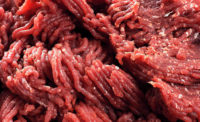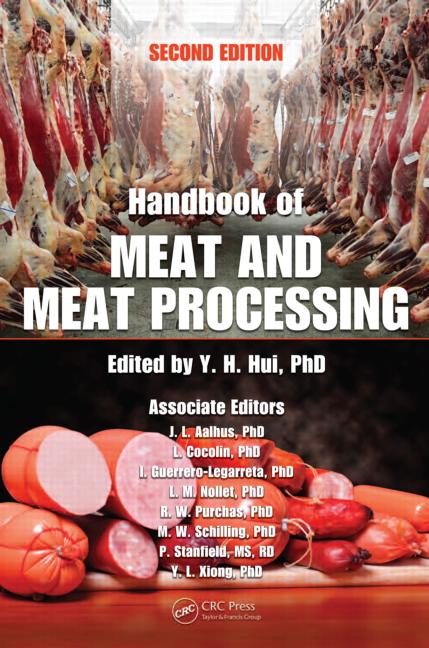Processing Tech
Management of change

The management of change process ensures companies have taken everything into consideration when implementing a change.
Change management may be more familiar to people in the meat industry than management of change; however, these two labels are often used interchangeably.
Change management typically focuses more on how to get employees to buy in to upcoming changes, i.e., the human side of changes. Management of change usually deals with the technical side of changes. Change control is a third way to describe this concept. Much has been written about change management and control, with applications in nearly every industry except the food industry, particularly the meat industry.
Management of change is a flow process, which requires communication and accountability among everyone who needs to be involved in a change. It applies to both process changes and product changes. These changes could be the result of product or process improvements, as well as product or process cost optimization. One approach to the management of change flow process begins with change risk analysis. This involves assessing the risks and impact of making a change, as well as not making this same change. Benefits, customer acceptance, costs and return on investment need to be considered in this assessment.
The next step in this flow process is the review and approval of changes by the proper level of authority in an organization. The level of authority that would review and approve changes would depend on the size and/or cost of the change, as well as the risk of the change to the organization. All management personnel who would be affected by a process or product change need to be informed of the change and the impact that the change will have in their area of the operation. In addition to production management, quality control, regulatory compliance, maintenance, etc., need to be a part of this step in the process.
The next step in this flow process would be testing and validation, which involves thorough testing to validate the changes achieve what was initially intended. This could include sensory evaluation to compare the changed product to the control product, comparing processing yields and percent downgraded product of the new product to a target, etc.
Only now should implementation of the change occur. Changes should be implemented in a controlled manner. For example, if a processor were upgrading multiple packaging lines with new packaging equipment, controlled implementation would involve a gradual phase-in of the line changes, i.e., changing one packaging line at a time. This allows for everyone involved to gradually adapt to the new equipment.
Following implementation, the next step is to review results of the changes to determine whether the changes have met expectations with no adverse effects. This could include consumer acceptance of product changes, product and process costs, HACCP monitoring and verification results, etc.
The final step in the management of change process is to revise all relevant documents, such as HACCP plans, raw material and finished product specifications, processing procedures, product labels, training requirements, etc.
The management of change process ensures companies have taken everything into consideration when implementing a change and is more commonly used in the meat industry. Control of Changes is a new requirement that ISO 9001 established in 2015 (8.5.6), and is likely being discussed in other GFSIs. NP
Looking for a reprint of this article?
From high-res PDFs to custom plaques, order your copy today!









